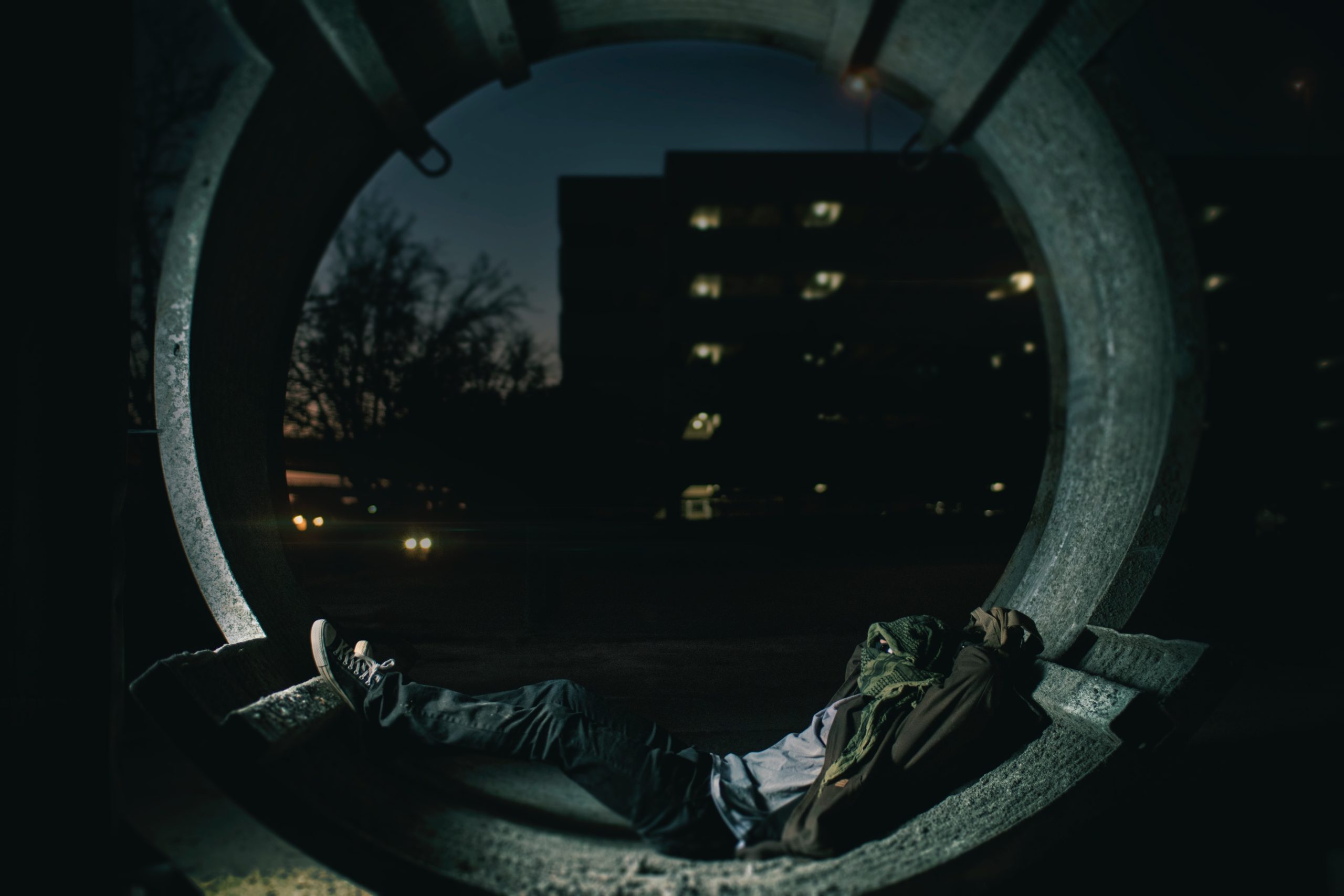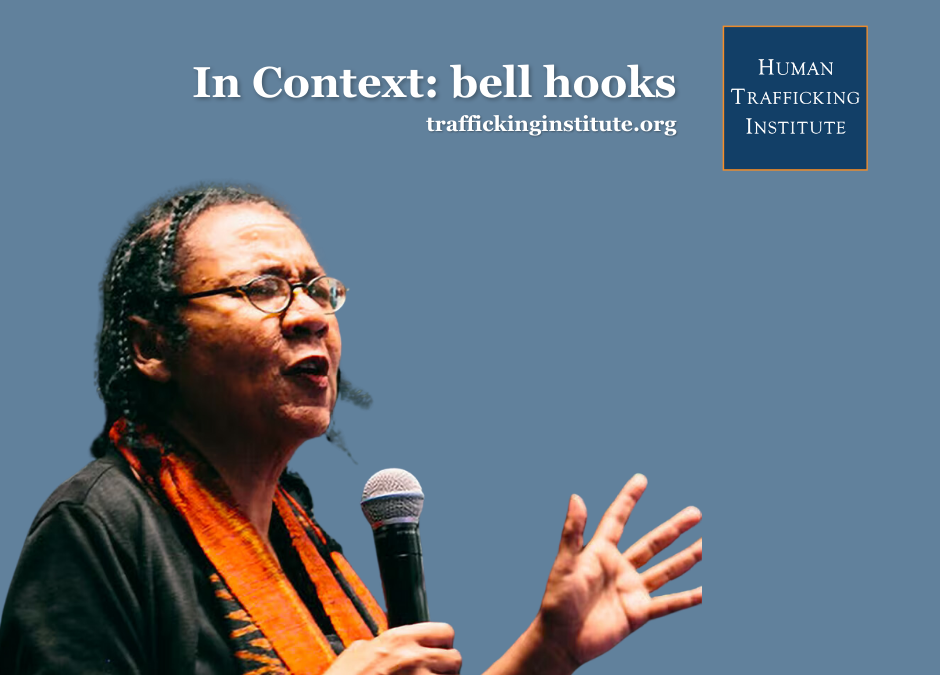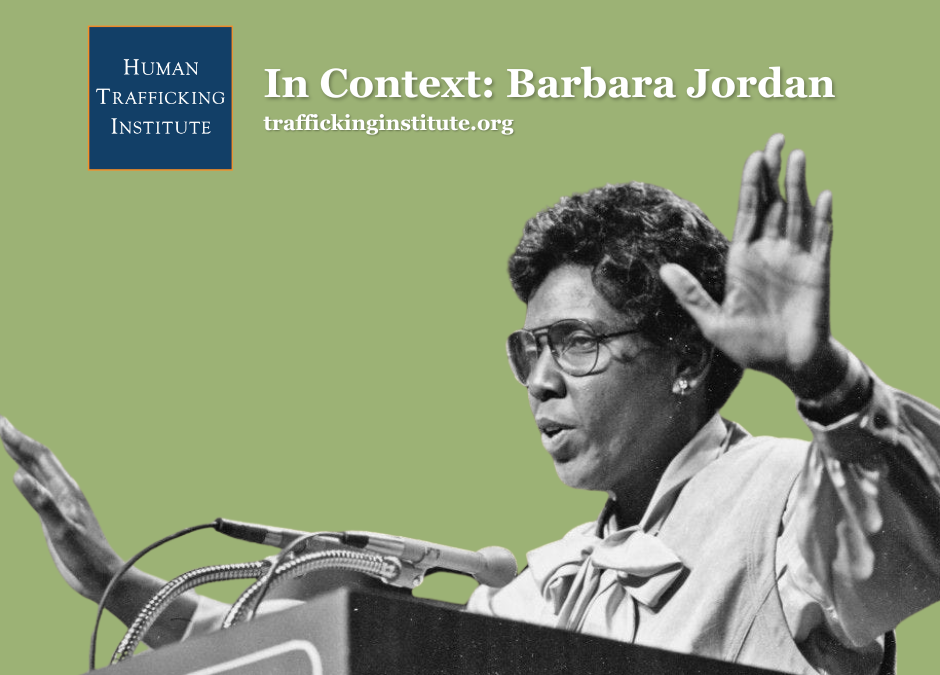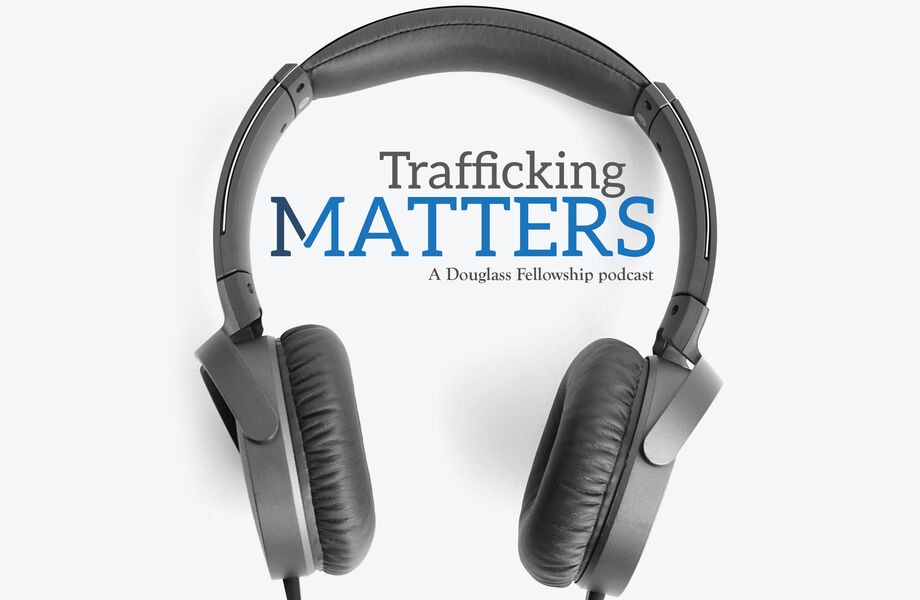By: JO ANN PAANIO
Jasmine was barely 15 when she entered a drop-in center for the first time. She heard about the center from friends who shared it was a safe place to go for food and other basic necessities. Following her first visit, she returned several more times. As these visits continued, staff began to notice Jasmine was often dropped off by a much older man who watched from the driver’s seat of a nice car. Staff tried to engage in conversations to better understand Jasmine’s situation, but she was never interested in sharing or discussing details about her life. She was guarded.
Youth and young adults experiencing homelessness are often an invisible population — invisible to the eyes of society but within the traffickers’ direct line of sight. Advocates and researchers estimate traffickers prey on hundreds of thousands of individuals within the United States each year (including children and adults) for sex and labor trafficking. Some estimates predict as many as 2 million youth are at risk of sex trafficking each year.1
Homelessness Is Not a Choice
Traffickers often target runaway and homeless youth because of their heightened vulnerabilities and unmet basic needs such as food, a place to sleep, income, and a feeling of stability. Homelessness is not a choice young people make. Instead, a life of homelessness is often the result of family conflict, intergenerational trauma, rejection, abuse, substance abuse, and/or mental health disorders. The difficulties of navigating such complex realities lead many young people experiencing homelessness to search for a safe place to stay and people who genuinely care for them. When traffickers present themselves as the only options for safety and security, they lure young people facing homelessness with empty promises that quickly turn into exploitation and trafficking (sex and/or labor).
Homeless Youth in the United States

Across the country, there are less than 3,500 dedicated emergency shelter beds and only a little more than 8,000 transitional housing beds. Yet, there are nearly 4.2 million youth and young adults experiencing homelessness each year in need of these services. There is a higher demand than supply for virtually every type of service and support needed by young people who are at risk for both homelessness and trafficking. This includes everything from beds and mental health services to support young parents.
Homelessness Prior to Exploitation
A study conducted by the Field Center for Children’s Policy, Practice, and Research at the University of Pennsylvania found among sex trafficking survivors who experienced homelessness, traffickers approached 22% of the 300 participants on their first night of homelessness. Traffickers are well aware of how to commodify vulnerable individuals into the trade. Without a safe place to call home, traffickers are able to use this vulnerability to exploit young people.
In the same study, of those survivors who reported they were victims of sex trafficking, 49% shared they also experienced a history of sexual abuse as children. In addition, the researchers found more than half of those surveyed did not have a place to live at some point in their lives before reaching their 18th birthday. These numbers reinforce trafficking is not the first instance of victimization for many youth and young adults who have experienced homelessness.
Youth Homelessness and Human Trafficking Occur in Every American Community
Both youth homelessness and human trafficking are happening throughout the United States in urban, suburban, rural, and tribal communities. A study on young people who experienced homelessness in the states of Kentucky and Indiana found more than 40% had been victims of sex trafficking.3 A similar study in Arizona reported traffickers sexually exploited 33.2% of young adults experiencing homelessness,4 and in Texas, traffickers exploited approximately 25% of youth experiencing homelessness for sex.5
Criminalized for Homelessness
Young people experiencing homelessness are often criminalized for their homelessness. The criminalization of youth still takes place in various settings from sitting or sleeping in public spaces to finding shelter in uninhabited and unused buildings.6 Despite these challenges, many youth avoid reaching out for help and services for fear of being reported to law enforcement and entering the foster care system. Additionally, involvement with the justice system can often retraumatize youth who are in need of recovery and healing. Such circumstances place enormous limits on youth and young adults as criminal records follow them, especially when trying to obtain housing and/or employment later in life.

Conclusion
Disrupting the pathway from youth homelessness to human trafficking requires engaging with those experiencing this vulnerability early and effectively through targeted program prevention and crisis response services. The process of disruption requires policymakers and communities alike to listen to youth and young adults and learn from their stories — their experiences, needs, choices, and outcomes — in order to fully understand the overlap and impact of youth homelessness and human trafficking. To better grasp how and why youth experiencing homelessness also fall prey to human trafficking, we must look at:
- The broader landscape of youth homelessness and human trafficking, including the different pathways to homelessness and the pitfalls of broken housing systems designed to exclude vulnerable children, youth, and young families.
- The availability of existing research and policies that work in connecting youth and young adults to life-saving programs and services such as the Runaway and Homeless Youth Act.
By considering these valuable elements, we can work towards comprehensive solutions to address the trafficking and exploitation of youth and young adults experiencing homelessness.
Jasmine kept in touch sporadically with the staff of the drop-in center and often visited for food, hygiene supplies, or a bus ticket, which she knew were available to her there. Over time, one community advocate earned Jasmine’s trust. She learned Jasmine ran away from home when she was 12-years-old because of her mother’s severe drug addiction. The trauma, neglect, and sexual abuse Jasmine faced from her mom, her mom’s friends, and dealers was the norm in her early years of childhood and adolescence.
While she struggled with trust and building healthy relationships, her street smarts and resiliency kept her alive. The trust Jasmine built with her Community Advocate as well as the services she received through both the drop-in center and her stay at an adolescent shelter provided the safety, security, and healing Jasmine needed. It is because of the incredible and impactful work of local service providers throughout the country — like the drop-in center and adolescent shelter Jasmine experienced — more youth and young adults have an opportunity to thrive amidst their circumstances. Today, Jasmine continues to break down barriers as she heads toward a new path of healing and hope.
- 1 “Youth Homelessness & Human Trafficking – National Network for Youth.” NN4Y, February 9, 2019. https://www.nn4youth.org/learn/youthhomelessnesshumantrafficking/.
- 2 https://www.hudexchange.info/resource/reportmanagement/published/CoC_HIC_NatlTerrDC_2016.pdf
- 3 Middleton, J. S., Ghent, R., Gattis, M., Roe-Sepowitz, D., Goggin, R., & Frey, L. M. (2016). Youth Experiences Survey (YES): Exploring the scope and complexity of sex trafficking in a sample of youth experiencing homelessness in Kentuckiana. Report submitted by the Human Trafficking Research Initiative, University of Louisville, KY.
- 4 Roe-Sepowitz, D., et al., Youth Experiences Survey: Year 3 (2016). Available at https://socialwork.asu.edu/sites/default/files/stir/final_2016_yes_study_full_report.pdf
- 5 Busch-Armendariz, N. B., Nale, N. L., Kammer-Kerwick, M., Kellison, B., Torres, M. I. M., Cook Heffron, L., & Nehme, J. (2016). Human trafficking by the numbers: The initial benchmark of prevalence and economic impact for Texas. Austin: Institute on Domestic Violence & Sexual Assault, The University of Texas at Austin.
- 6 “Youth Homelessness & Human Trafficking – National Network for Youth.” NN4Y, February 9, 2019. https://www.nn4youth.org/learn/youthhomelessnesshumantrafficking/.




